This is not an exhaustive list of my publications. In this page, I have tried to highlight some of the interesting projects that I have worked on in the past where I proposed novel computational methods. For a detailed list of my publications, please refer to my Google Scholar page or my CV.
1. Conceptual Spaces
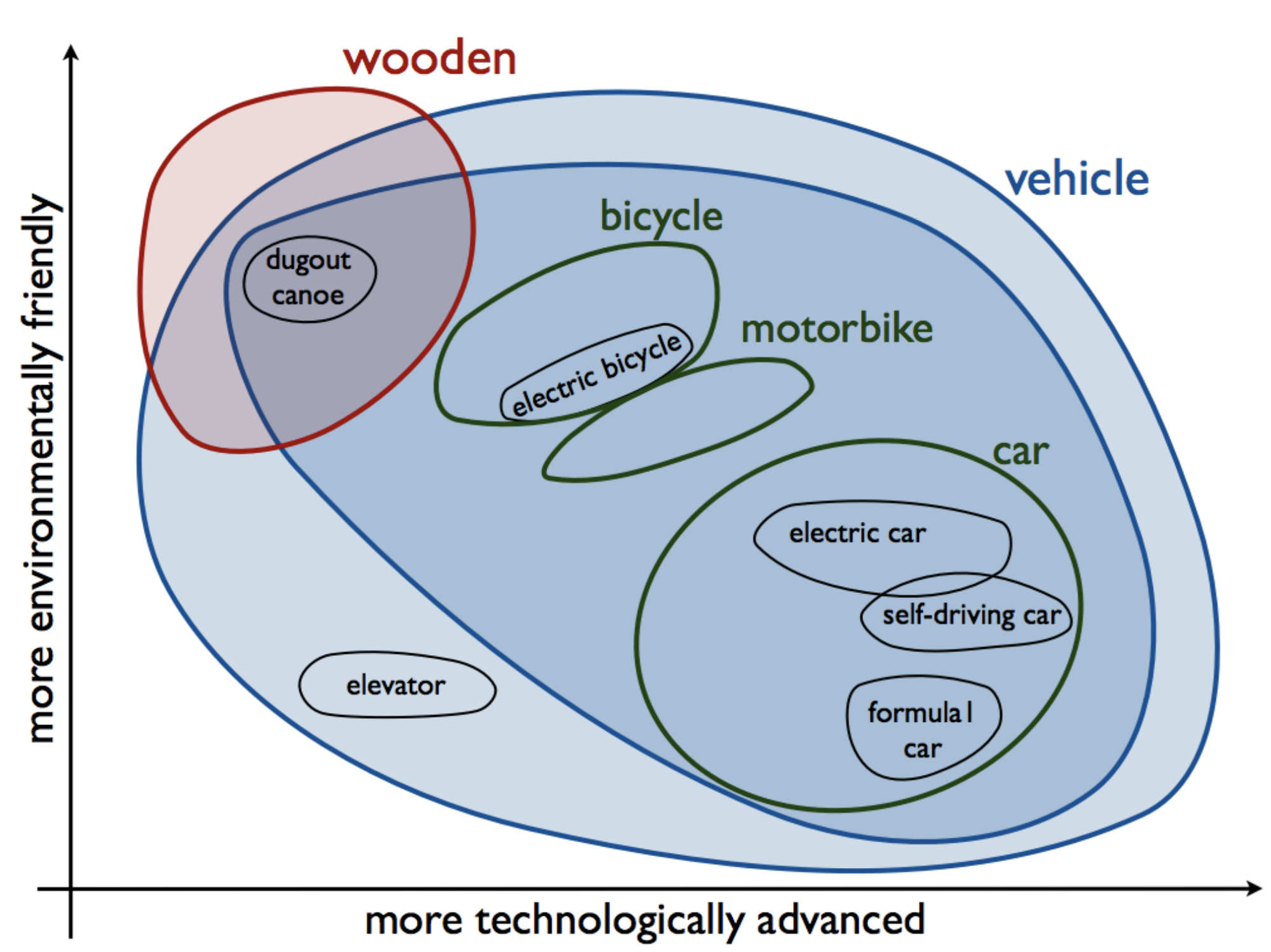
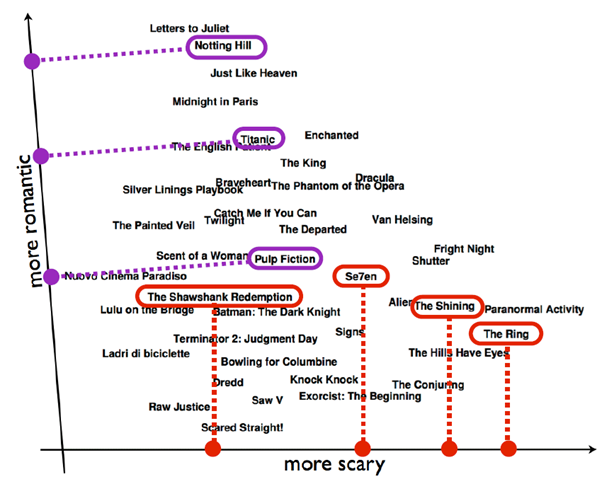
| Year | Paper Title | Venue | |
|---|---|---|---|
| 2017 | MEmbER: Max-Margin Based Embeddings for Entity Retrieval | SIGIR | |
| 2017 | Inductive Reasoning about Ontologies Using Conceptual Spaces | AAAI | |
| 2016 | Entity Embeddings with Conceptual Subspaces as a Basis for Plausible Reasoning | ECAI | |
| 2016 | Plausible Reasoning based on Qualitative Entity Embeddings | IJCAI |
More details about these works can also be found in the Flexilog page.
2. Depression Modelling on Online Social Networks
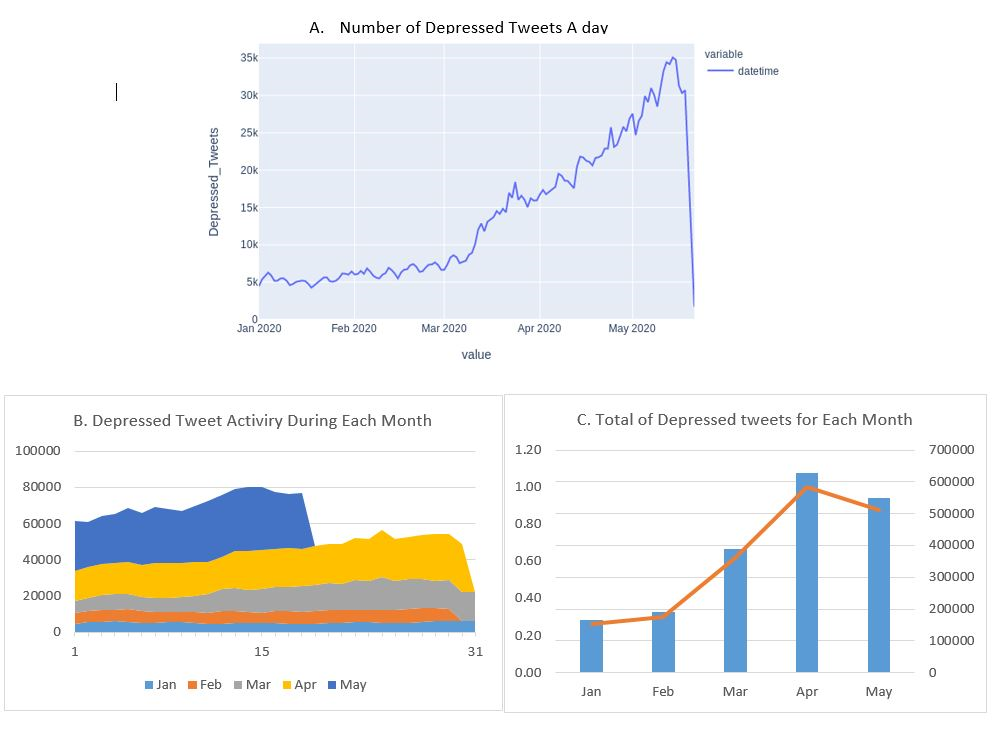

| Year | Paper Title | Venue | |
|---|---|---|---|
| 2020 | Detecting Community Depression Dynamics Due to COVID-19 Pandemic in Australia | IEEE TCSS | |
| 2021 | DepressionNet: Learning Multi-modalities with User Post Summarization for Depression Detection on Social Media | SIGIR |
3. Few-shot Image Classification with Contextual Language Models
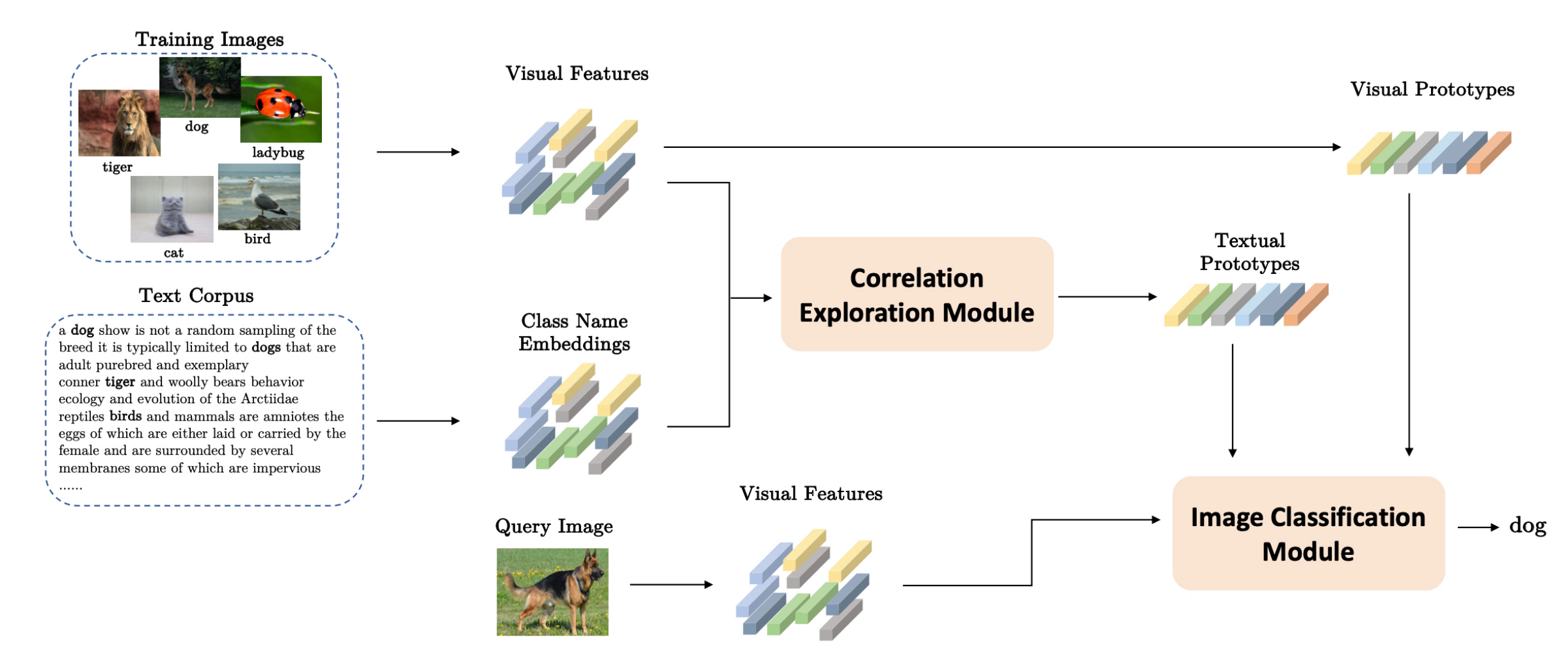
| Year | Paper Title | Venue | |
|---|---|---|---|
| 2021 | Few-shot Image Classification with Multi-Facet Prototypes | ICASSP | |
| 2021 | Aligning Visual Prototypes with BERT Embeddings for Few-Shot Learning | ICMR |
4. Playing with Word Vectors
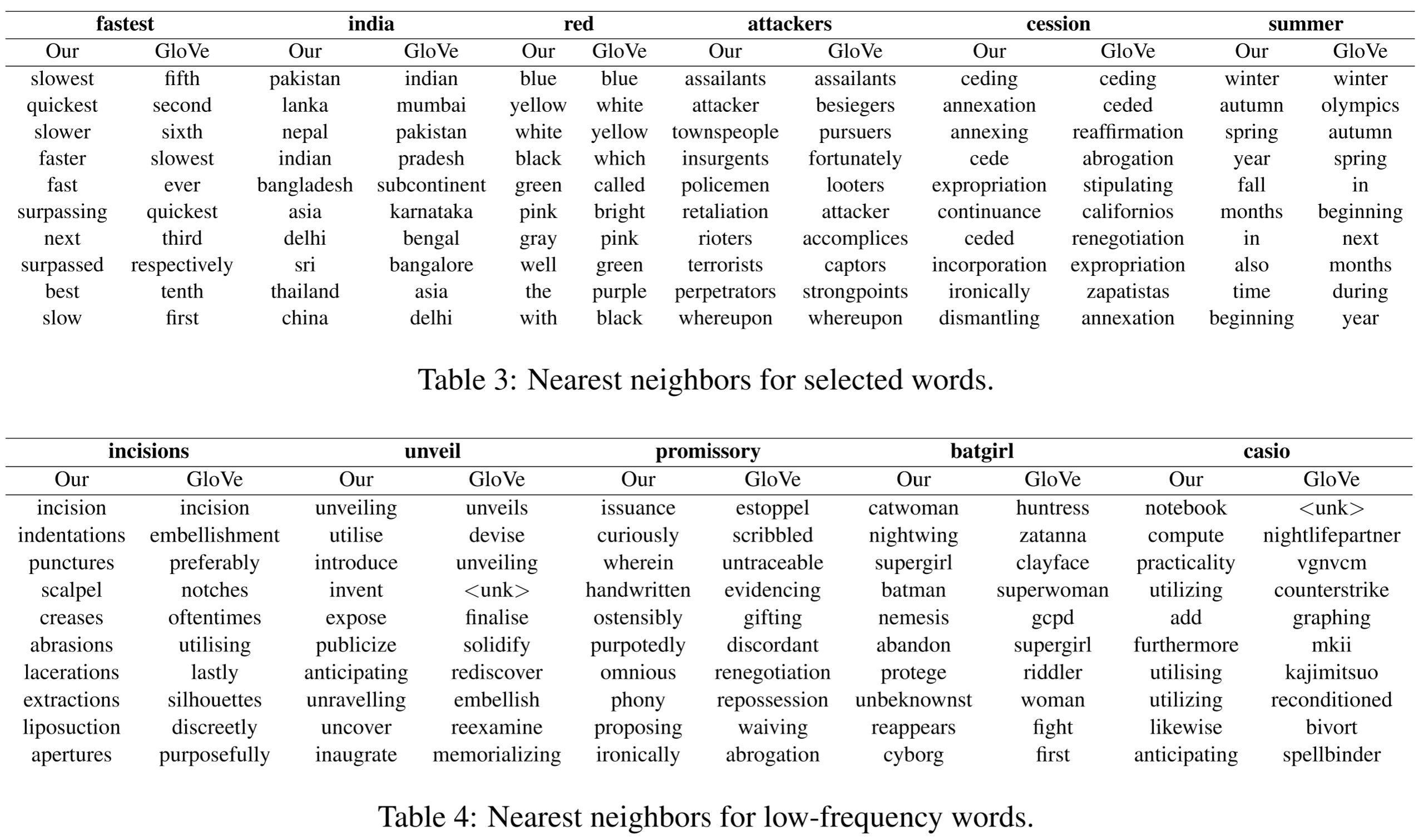
| Year | Paper Title | Venue | |
|---|---|---|---|
| 2019 | Word and Document Embedding with vMF-Mixture Priors on Context Word Vectors | ACL | |
| 2019 | Word Embedding as Maximum A Posteriori Estimation | AAAI | |
| 2017 | Modeling Context Words as Regions: An Ordinal Regression Approach to Word Embedding | CoNLL | |
| 2017 | Jointly Learning Word Embeddings and Latent Topics | SIGIR | |
| 2016 | D-GloVe: A Feasible Least Squares Model for Estimating Word Embedding Densities | COLING |
5. Relational Distributional Vectors
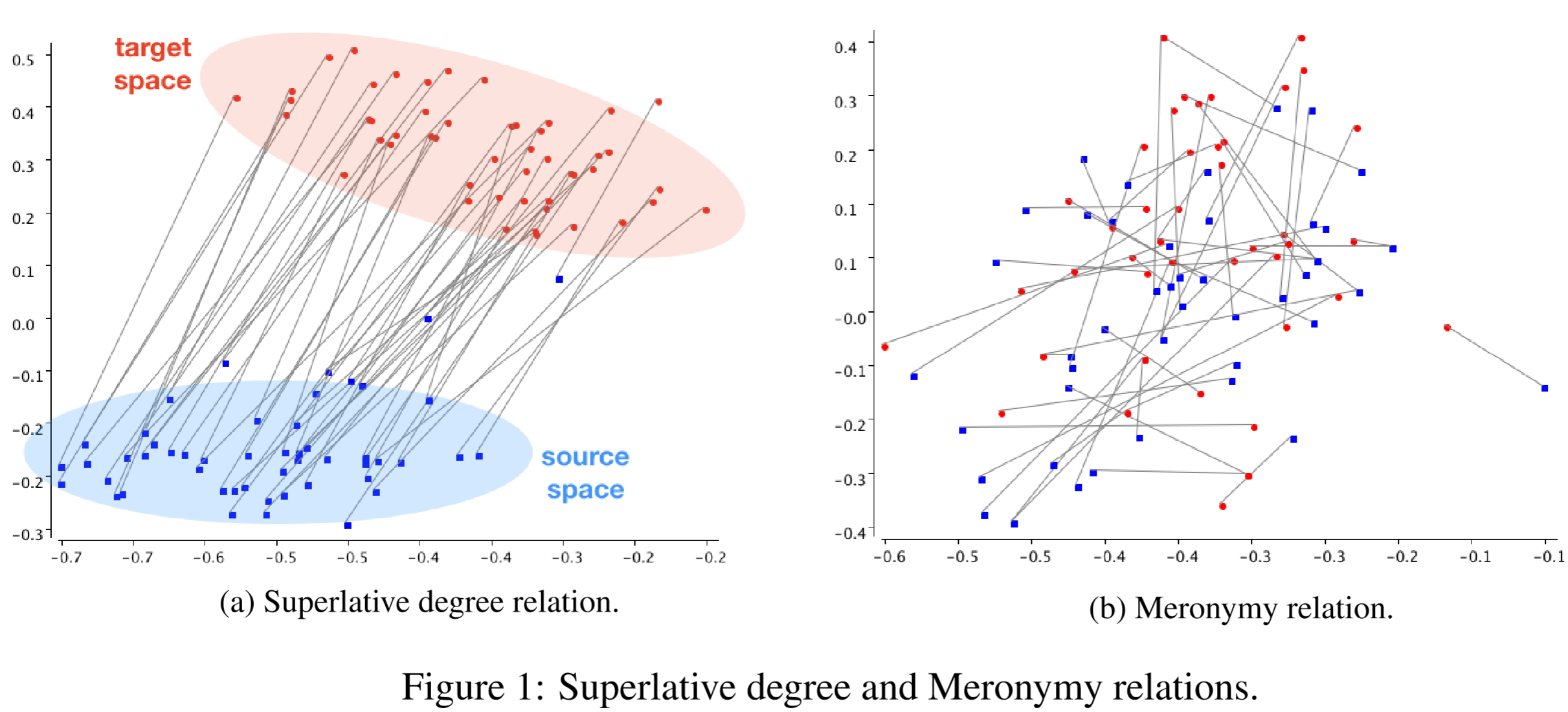
| Year | Paper Title | Venue | |
|---|---|---|---|
| 2019 | A Latent Variable Model for Learning Distributional Relation Vectors | IJCAI | |
| 2018 | Relation Induction in Word Embeddings Revisited | COLING | |
| 2018 | Unsupervised Learning of Distributional Relation Vectors | ACL |
6. Neural Text Generation
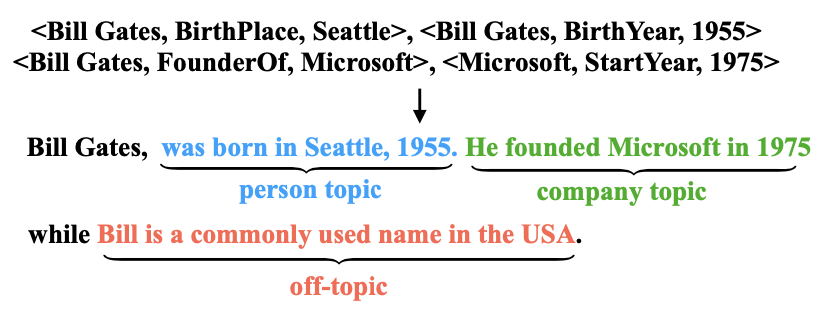

| Year | Paper Title | Venue | |
|---|---|---|---|
| 2020 | Dynamic Topic Tracker for KB-to-Text Generation | COLING |
7. Human-Machine Cooperation and Systems
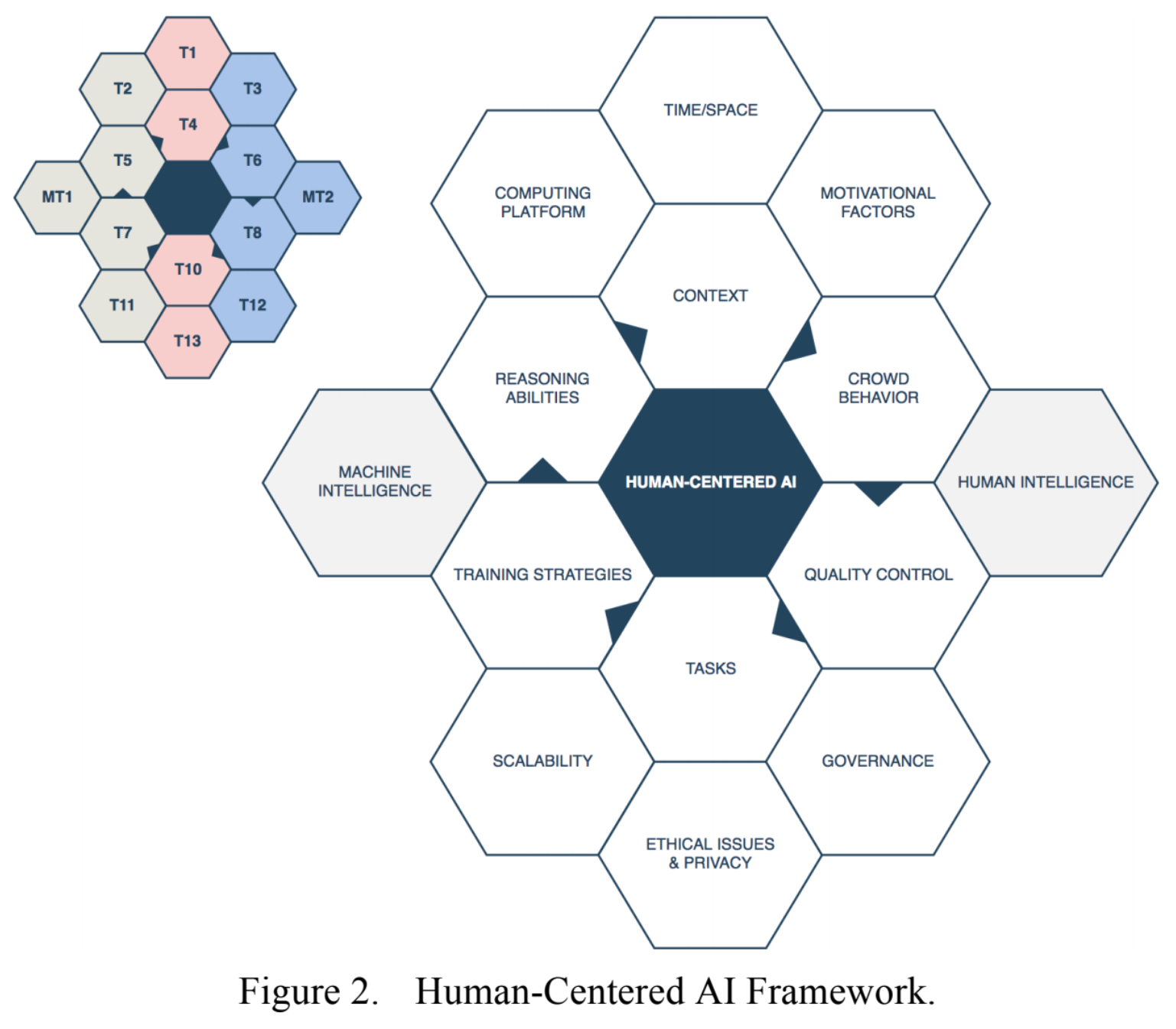
| Year | Paper Title | Venue | |
|---|---|---|---|
| 2019 | Towards Hybrid Crowd-AI Centered Systems: Developing an Integrated Framework from an Empirical perspective | SMC | |
| 2019 | Development of a Crowd-powered System Architecture for Knowledge Discovery in Scientific Domains | SMC | |
| 2019 | Hybrid Machine-crowd Interaction for Handling Complexity: Steps Toward a Scaffolding Design Framework | HCI Springer |
8. Urban Human Computing
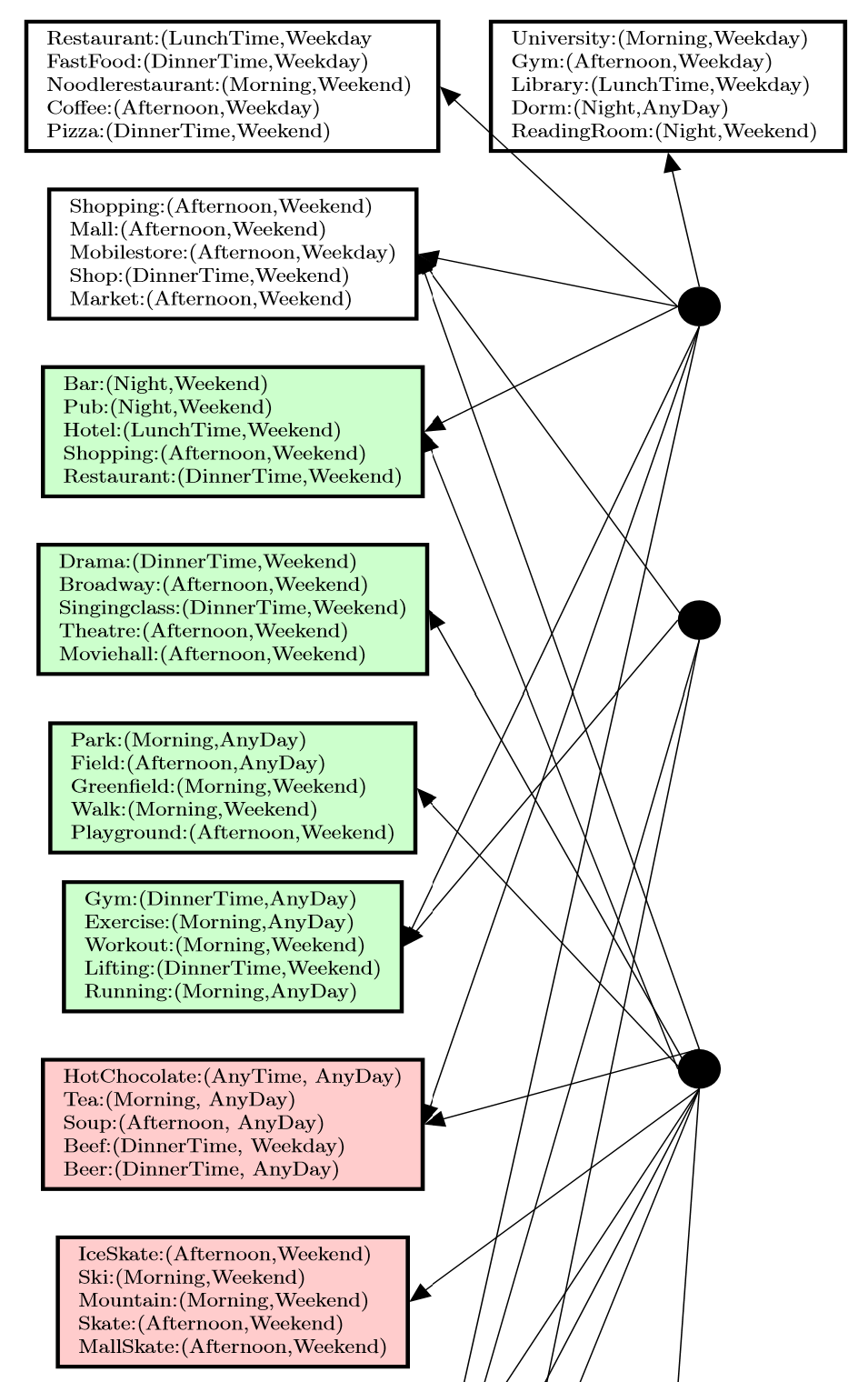
| Year | Paper Title | Venue | |
|---|---|---|---|
| 2016 | Exploring Urban Lifestyles Using a Nonparametric Temporal Graphical Model | ICTIR | |
| 2015 | Abstract Venue Concept Detection from Location-Based Social Networks | AIRS |
9. Collaboration Systems and Technologies
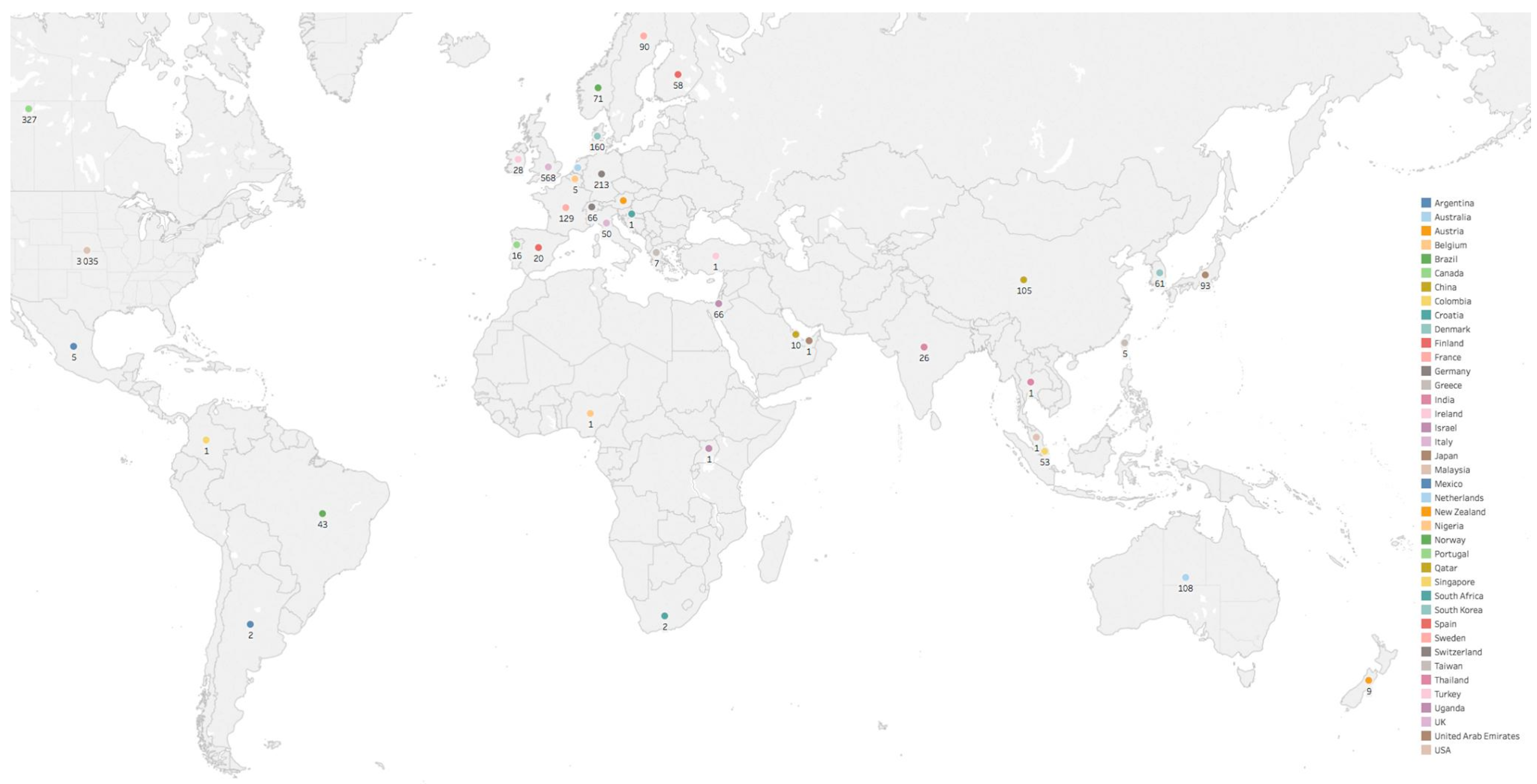
| Year | Paper Title | Venue | |
|---|---|---|---|
| 2019 | The Effect of Scientific Collaboration on CSCW Research: A Scientometric Study | CSCWD | |
| 2019 | Theoretical Underpinnings and Practical Challenges of Crowdsourcing as a Mechanism for Academic Study | HICSS |
10. Posterior Regularisation using Graphical Models

| Year | Paper Title | Venue | |
|---|---|---|---|
| 2015 | A Unified Posterior Regularized Topic Model with Maximum Margin for Learning-to-Rank | CIKM | |
| 2015 | Supervised Topic Models with Word Order Structure for Document Classification and Retrieval Learning | IRJ |
11. Readability with Word Order
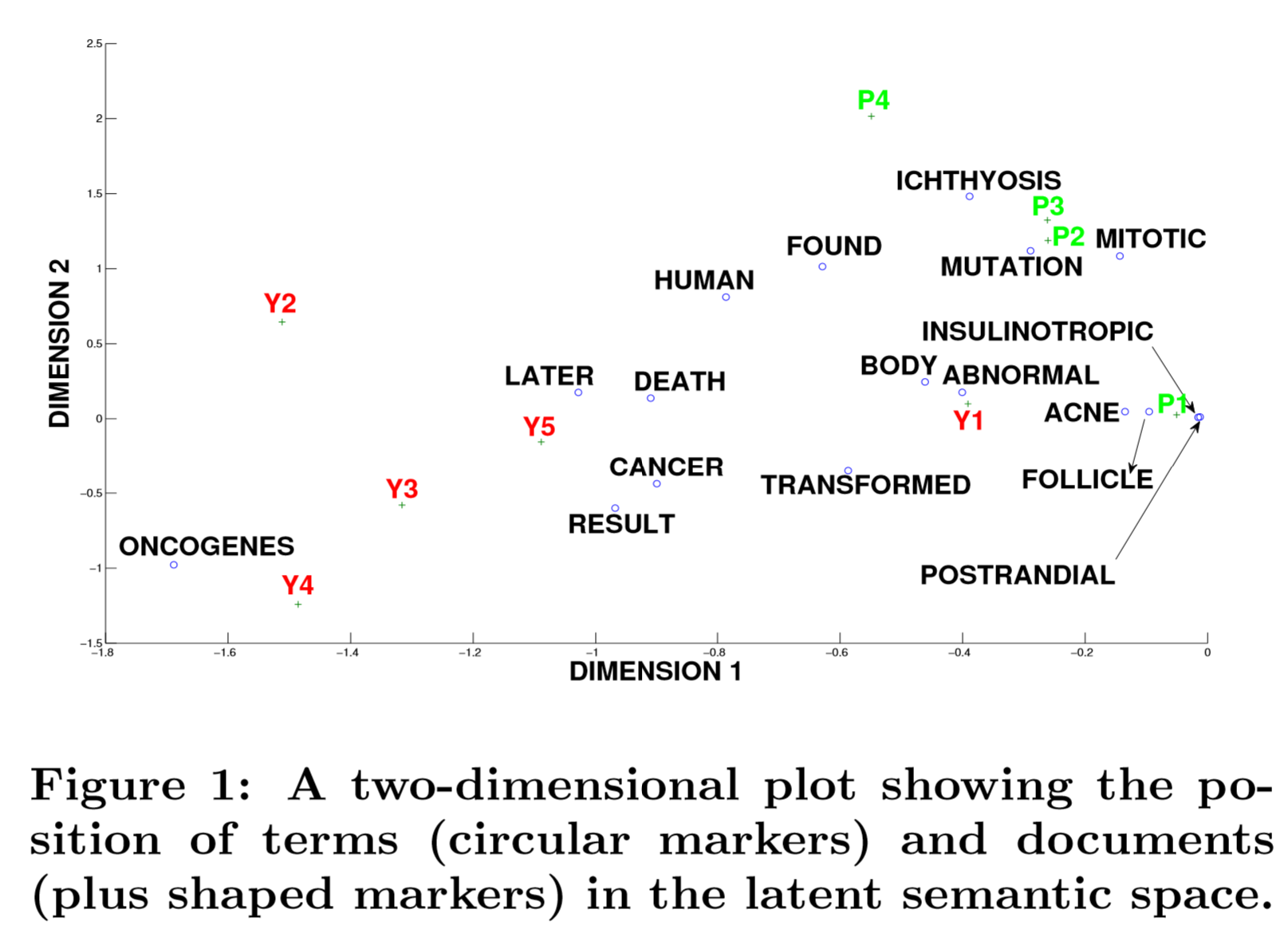
| Year | Paper Title | Venue | |
|---|---|---|---|
| 2012 | N-gram Fragment Sequence Based Unsupervised Domain-Specific Document Readability | COLING | |
| 2012 | An unsupervised technical difficulty ranking model based on conceptual terrain in the latent space | JCDL | |
| 2012 | An Unsupervised Technical Readability Ranking Model by Building a Conceptual Terrain in LSI | SKG | |
| 2012 | Ranking Text Documents based on Conceptual Difficulty using Term Embedding and Sequential Discourse Cohesion | WIC | |
| 2011 | An unsupervised ranking method based on a technical difficulty terrain | CIKM |
12. Structured Topic Models

| Year | Paper Title | Venue | |
|---|---|---|---|
| 2013 | An N-gram Topic Model for Time-Stamped Documents | ECIR | |
| 2013 | An Unsupervised Topic Segmentation Model Incorporating Word Order | SIGIR |
13. Bayesian Non-parametrics
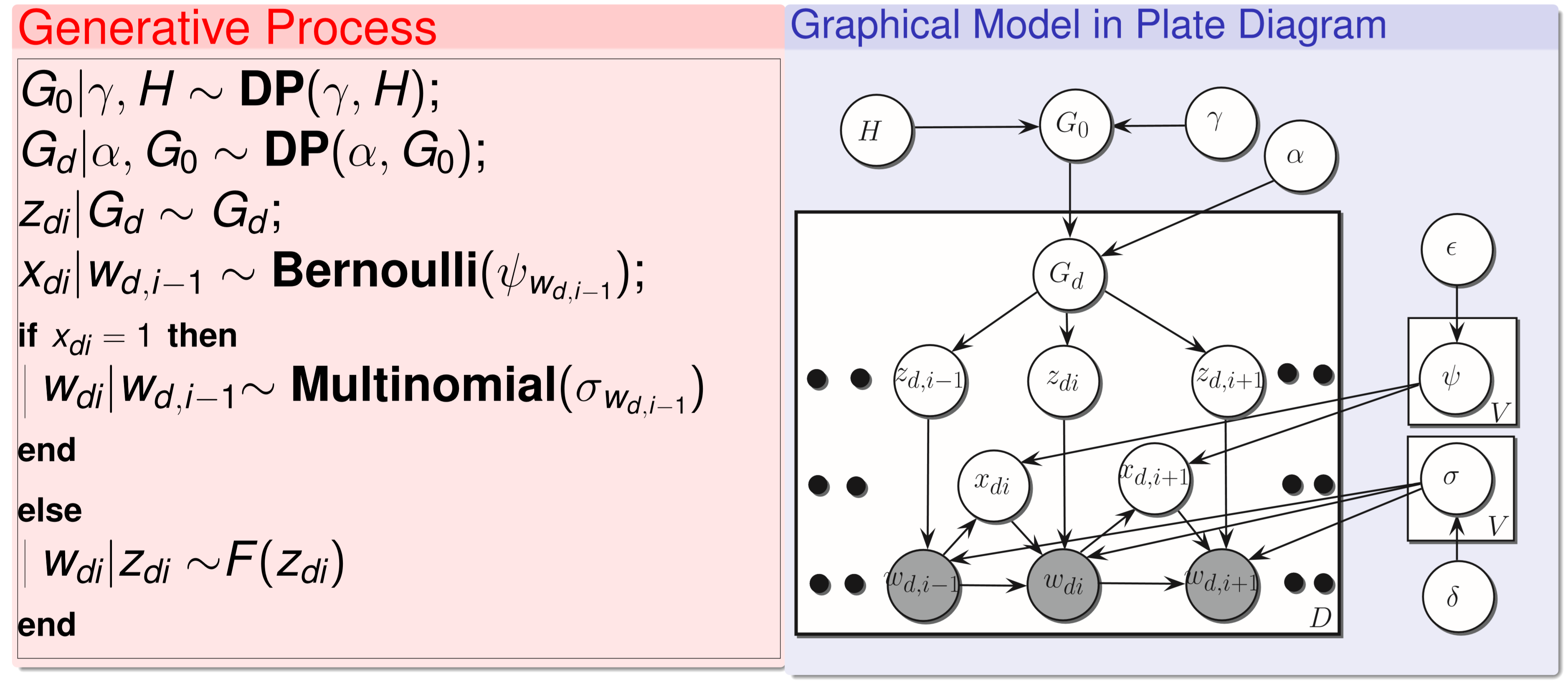
| Year | Paper Title | Venue | |
|---|---|---|---|
| 2015 | Nonparametric Topic Modeling using Chinese Restaurant Franchise with Buddy Customers | ECIR | |
| 2013 | A Nonparametric N-Gram Topic Model with Interpretable Latent Topics | AIRS |
